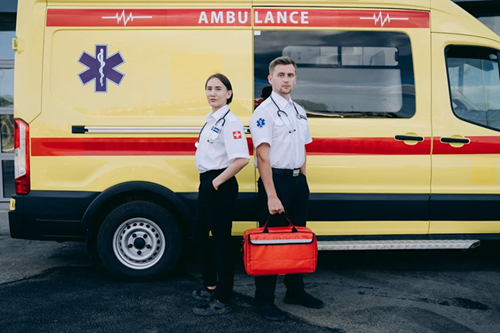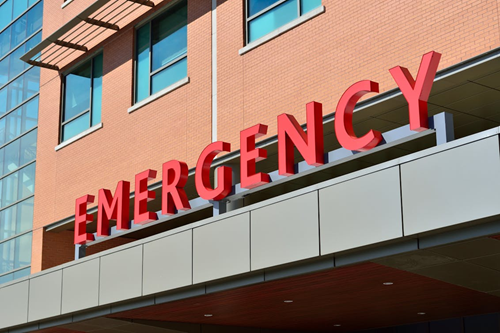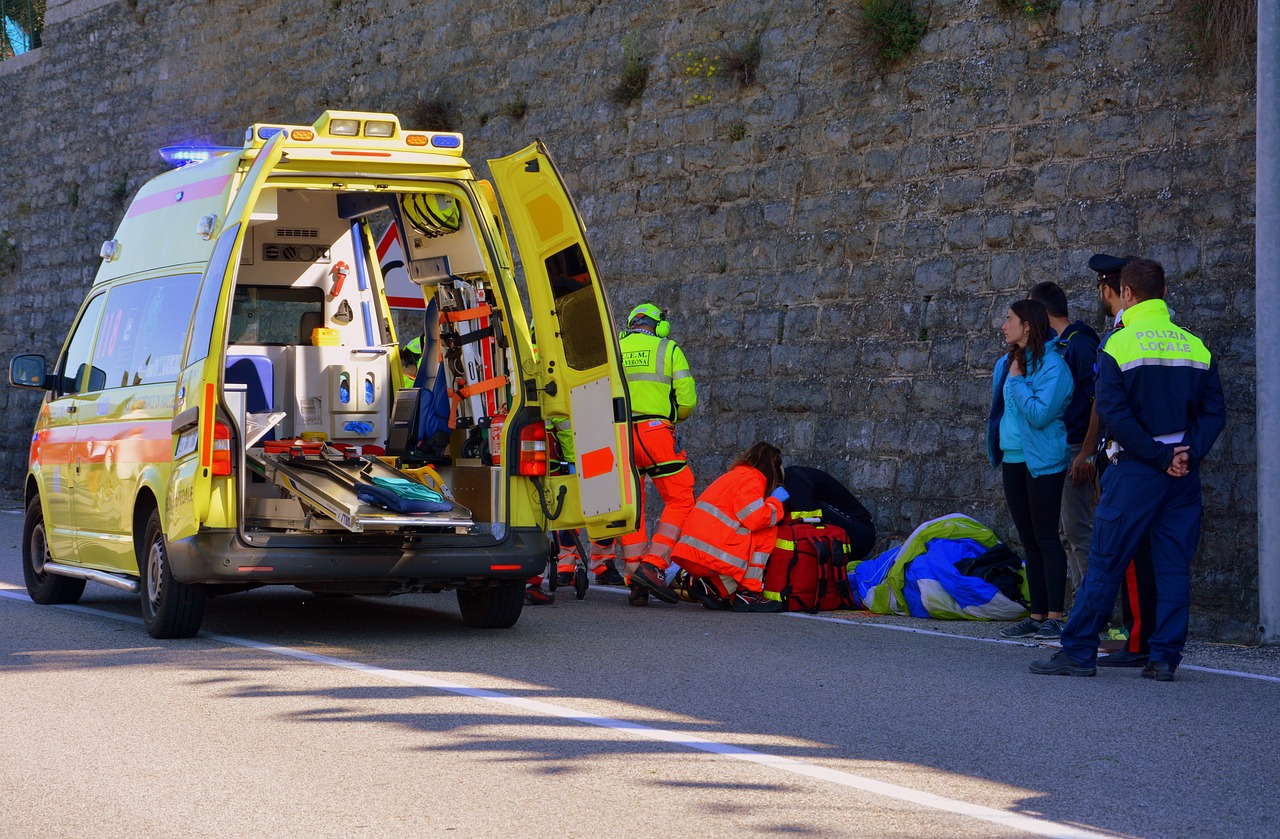Encountering emergencies on the streets is an unsettling but unfortunately common occurrence. As you stroll down the familiar path, the unexpected happens—a car collides with a pedestrian. The victim lies motionless on the pavement, a stark reminder of the fragility of life. In such critical moments, the actions of bystanders can mean the difference between life and death.
Health science professionals, particularly those in emergency services, bear the responsibility of being prepared for such scenarios. Their expertise is not merely a matter of professional duty, but a moral imperative to aid those in distress. This is where comprehensive knowledge and swift action come into play.
Understanding what to do and how to do it efficiently is paramount in providing effective assistance to an injured individual. Within the realm of emergency medical care, there exist essential skills that every health professional must possess. From assessing vital signs to administering CPR and handling diverse first aid scenarios, proficiency in these techniques can be life-saving.
First and foremost, the ability to assess vital signs swiftly and accurately is fundamental. Pulse rate, respiratory rate, blood pressure, and body temperature provide crucial insights into the individual's physiological state, guiding subsequent interventions.
Cardiopulmonary resuscitation (CPR) stands as a cornerstone of emergency medical care. Mastery of this technique equips health professionals with the means to sustain vital organ function until further medical intervention can be administered. Proper execution of chest compressions and rescue breaths can significantly increase the chances of survival in cardiac arrest situations.
Moreover, proficiency in handling diverse first-aid situations is indispensable. Whether it's staunching bleeding, stabilizing fractures, or managing sudden illnesses, the ability to provide immediate and appropriate care can mitigate the severity of injuries and potentially save lives.
In conclusion, encountering medical emergencies in everyday life underscores the importance of preparedness and swift action. Health science professionals, particularly those in emergency services, are entrusted with the task of intervening effectively in such critical moments. Through comprehensive training in vital sign assessment, CPR, and first aid techniques, they stand as pillars of support, offering hope and assistance in times of distress.



